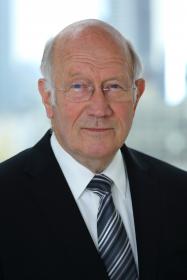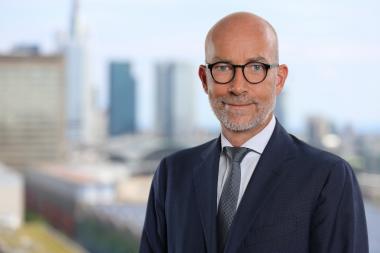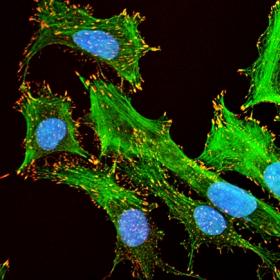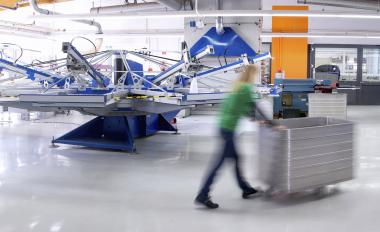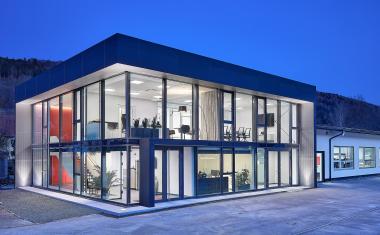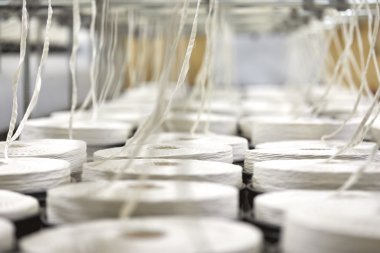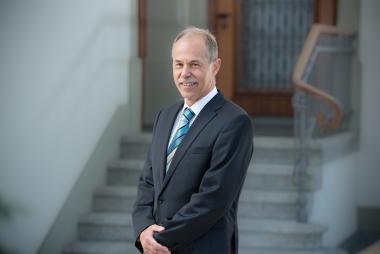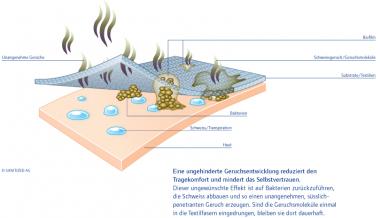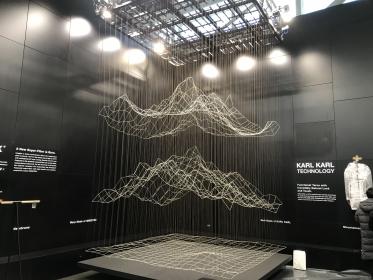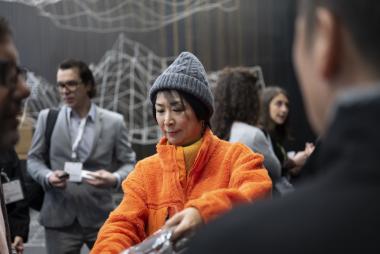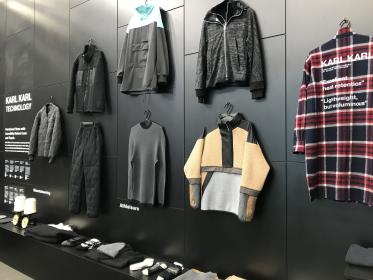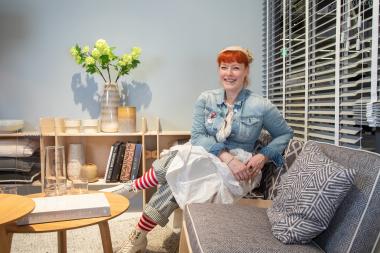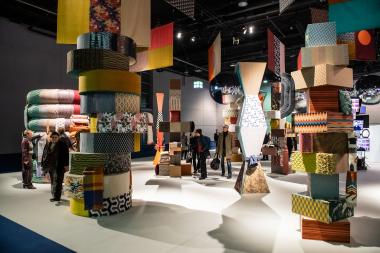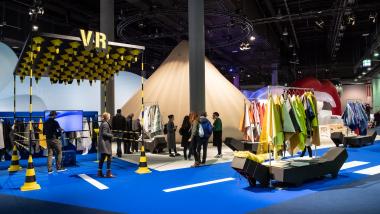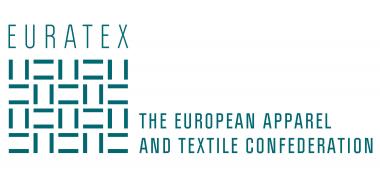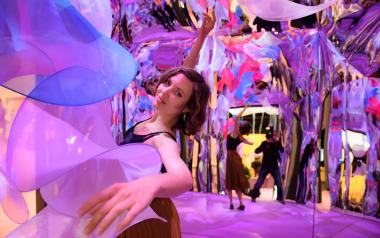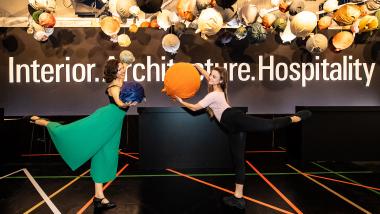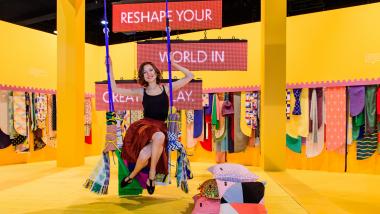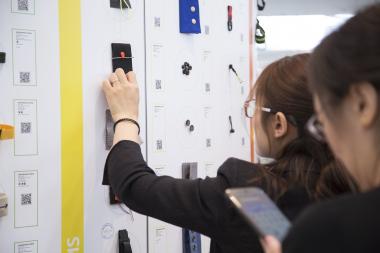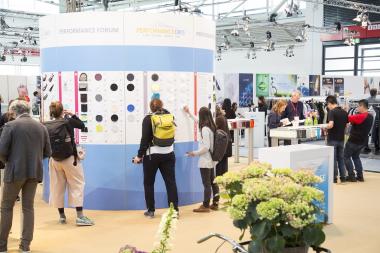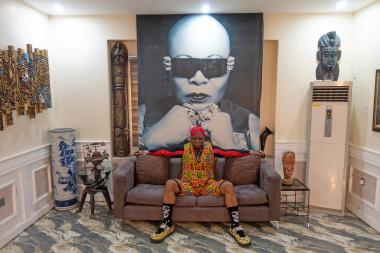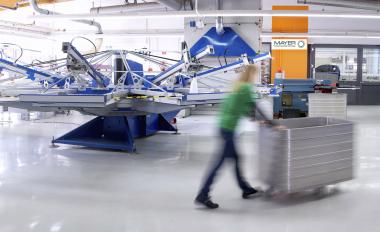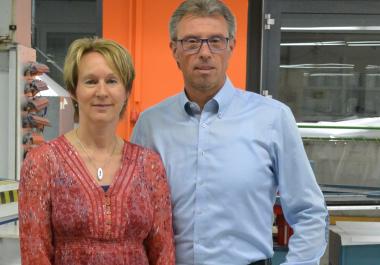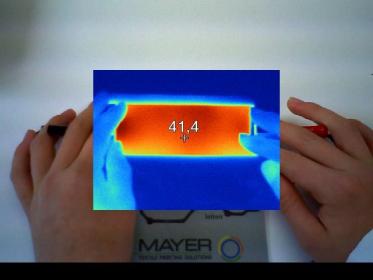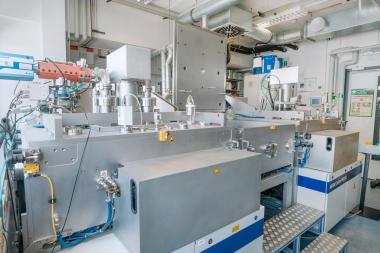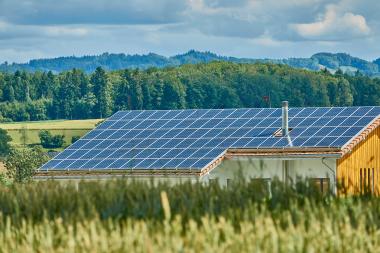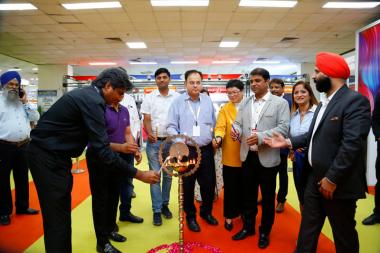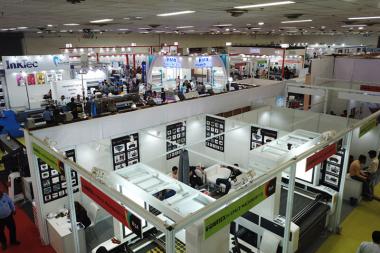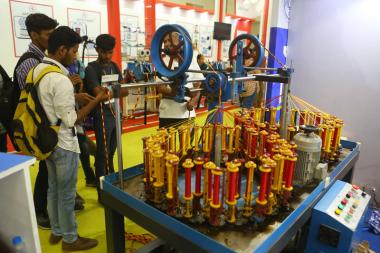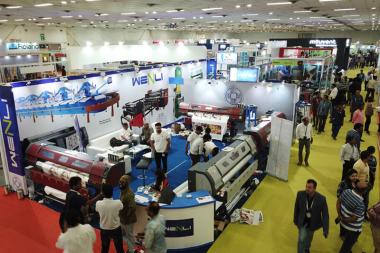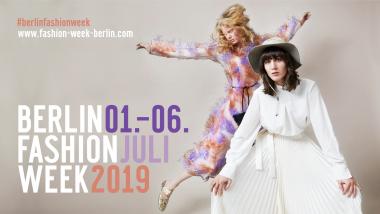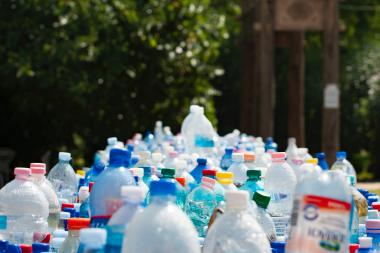Intertextile Apparel’s digitised Solutions reconnect suppliers and buyers
The organisers of Intertextile Shanghai Apparel Fabrics are determined to make use of digitised solutions and provide support for exhibitors and visitors who originally intended to participate in the Spring Edition of Intertextile in Shanghai this March, as well as those unable to join the upcoming Autumn Edition from 23 – 25 September. This month’s fair is expecting about 3,400 exhibitors from over 20 countries and regions. With the Intertextile mobile app, an online business matching platform and more, Intertextile continues to utilise its diverse network in the textile industry to help address sourcing needs and generate new business opportunities.
“While we have been closely in touch with overseas exhibitors and visitors to prepare for the Autumn Edition of Intertextile, we are mindful that some may not be able to travel to China in September. We understand that alternative solutions are necessary at this time to help our exhibitors and visitors overcome the obstacles set by the outbreak of COVID-19, thus we have evaluated the online tools and services we currently have, as well as sought new ways to digitally connect the industry,” said Ms Wendy Wen, Senior General Manager of Messe Frankfurt (HK) Ltd.
“Our digitised solutions will cater for all scenarios – domestic and overseas suppliers and buyers who have been eager to connect with each other since missing out on the Spring Edition of Intertextile, while serving as pre-event promotion, business and networking opportunities for the Autumn Edition. This will facilitate a seamless exchange of information for doing international business online and offline before, during and after the fair to truly support the industry’s recovery,” continued Ms Wen.
Maximising brands’ exposure and business opportunities:
Intertextile’s digitised solutions will allow exhibitors to gain access to its valuable database – more than 100,000 buyers from over 100 countries and regions. To reach out to domestic buyers, exhibitors can download Intertextile’s mobile app and proactively upload product information and photos. They can interact with buyers by sharing their latest business updates, developments and sales promotions. Exhibitors will also have access to buyers’ contacts so that they can schedule online or onsite meetings in advance via the app’s built-in messenger function. The mobile app contains information about the fair, such as map, traffic and fringe programme updates, making it an all-in-one tool for exhibitors to enjoy convenience at the fair while gaining extra exposure not limited to the 3-day show period.
As a special measure in response to COVID-19, Intertextile is extending its offer for exhibitors and visitors to access its online business matching platform, Connect PLUS, which is normally only used to schedule onsite business meetings in advance of the fair. Connect PLUS is now available for online business matching before and after the fair. Based on data-driven intelligent recommendations, exhibitors can check out overseas buyer profiles from Intertextile’s valuable database and proactively send out requests to connect. With instant messaging and video call functions, this platform will be useful for exhibitors to connect with overseas buyers who are unable to attend Intertextile, serving as an ideal tool for post-event business matching and for enhancing sourcing efficiency. Sponsorship packages are also available for exhibitors to advertise on the platform and increase their exposure.
For more details about Intertextile’s digitised solutions, please visit: https://intertextile-shanghai-apparel-fabrics-autumn.hk.messefrankfurt.com/shanghai/en/Online_Platforms.html
Online content for overseas participants
The team at Intertextile is preparing for more pre-event content sharing in the form of webinars called the ‘Textile e-Dialogue’ series. By promoting exhibitors’ pre-event webinars through the fair’s e-newsletters and website, this will allow the online audience to catch up with the latest industry news while being able to interact with exhibitors via Q&A sessions.
During the fair, fringe programme events such as product presentations will also be livestreamed with real-time Q&A for onsite buyers and online audience. Presentations will be recorded and made available for viewing and sharing on social media platforms, so that overseas exhibitors and buyers in different time zones can learn about the fair’s highlights at their convenience.
Intertextile Shanghai Apparel Fabrics – Autumn Edition 2020 will be held concurrently with Yarn Expo Autumn, CHIC and PH Value from 23 – 25 September at the National Exhibition and Convention Center (Shanghai). The fair is co-organised by Messe Frankfurt (HK) Ltd; the Sub-Council of Textile Industry, CCPIT; and the China Textile Information Centre.
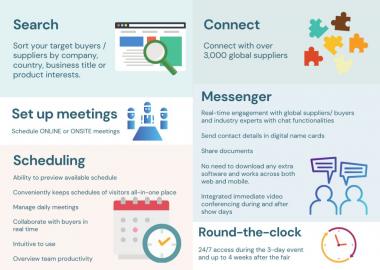 (c) Messe Frankfurt / Intertextile Shanghai Apparel Fabrics
(c) Messe Frankfurt / Intertextile Shanghai Apparel Fabrics
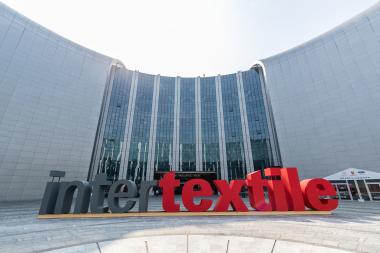 (c) Messe Frankfurt / Intertextile Shanghai Apparel Fabrics
(c) Messe Frankfurt / Intertextile Shanghai Apparel Fabrics
 (c) Messe Frankfurt / Intertextile Shanghai Apparel Fabrics
(c) Messe Frankfurt / Intertextile Shanghai Apparel Fabrics
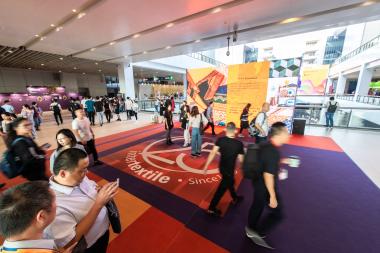 (c) Messe Frankfurt / Intertextile Shanghai Apparel Fabrics
(c) Messe Frankfurt / Intertextile Shanghai Apparel Fabrics
Intertextile Shanghai, Apparel Fabrics, China Messe Frankfurt trade fairs Covid-19
Messe Frankfurt (HK) Ltd




